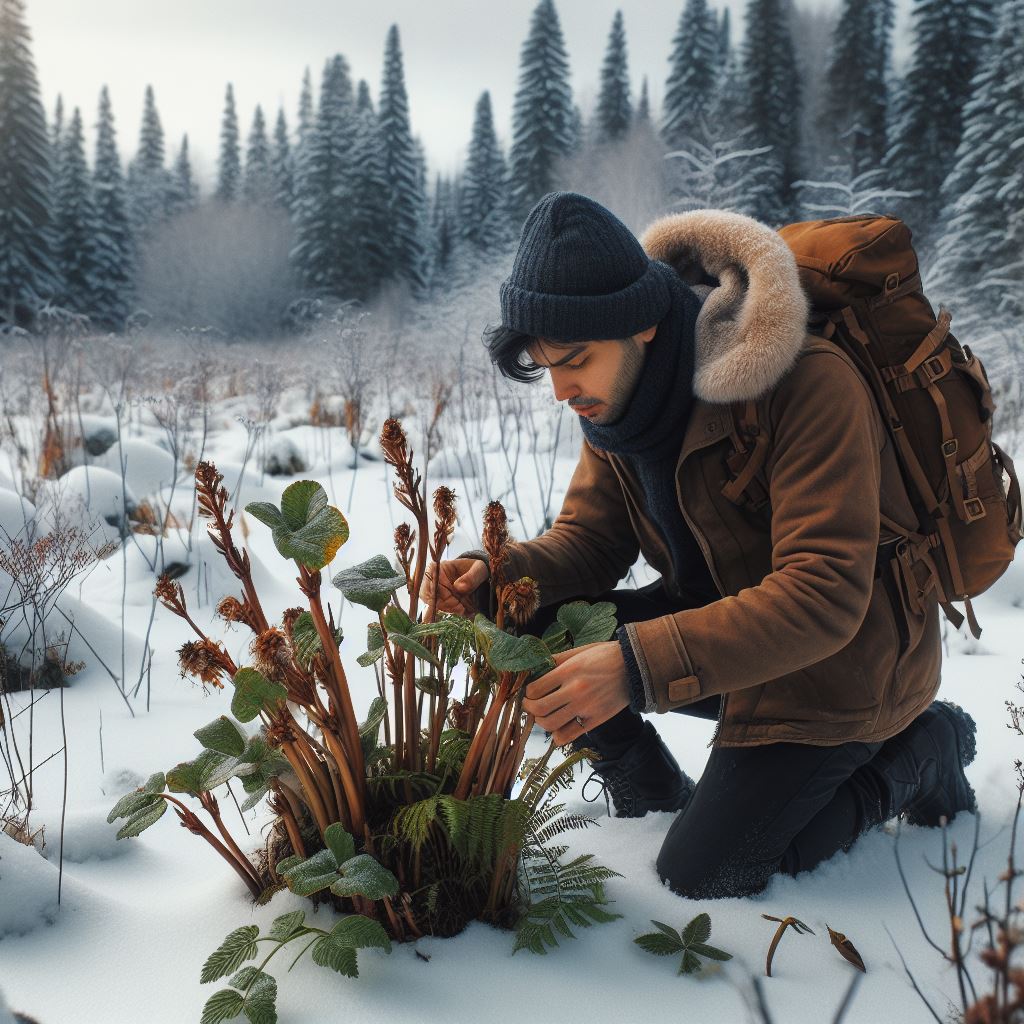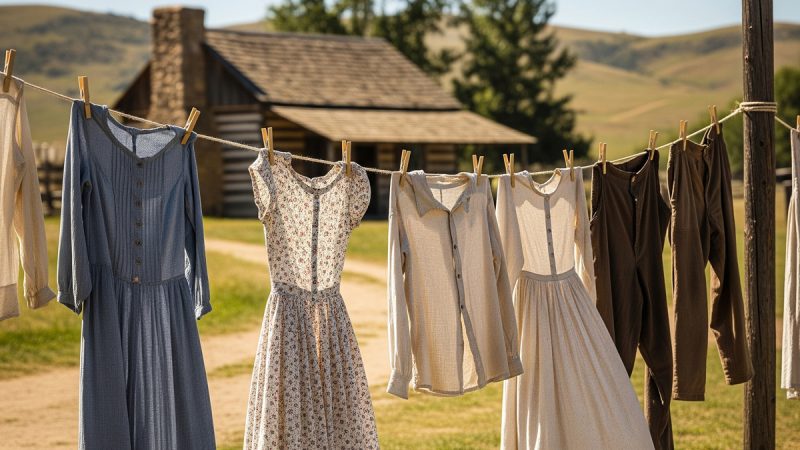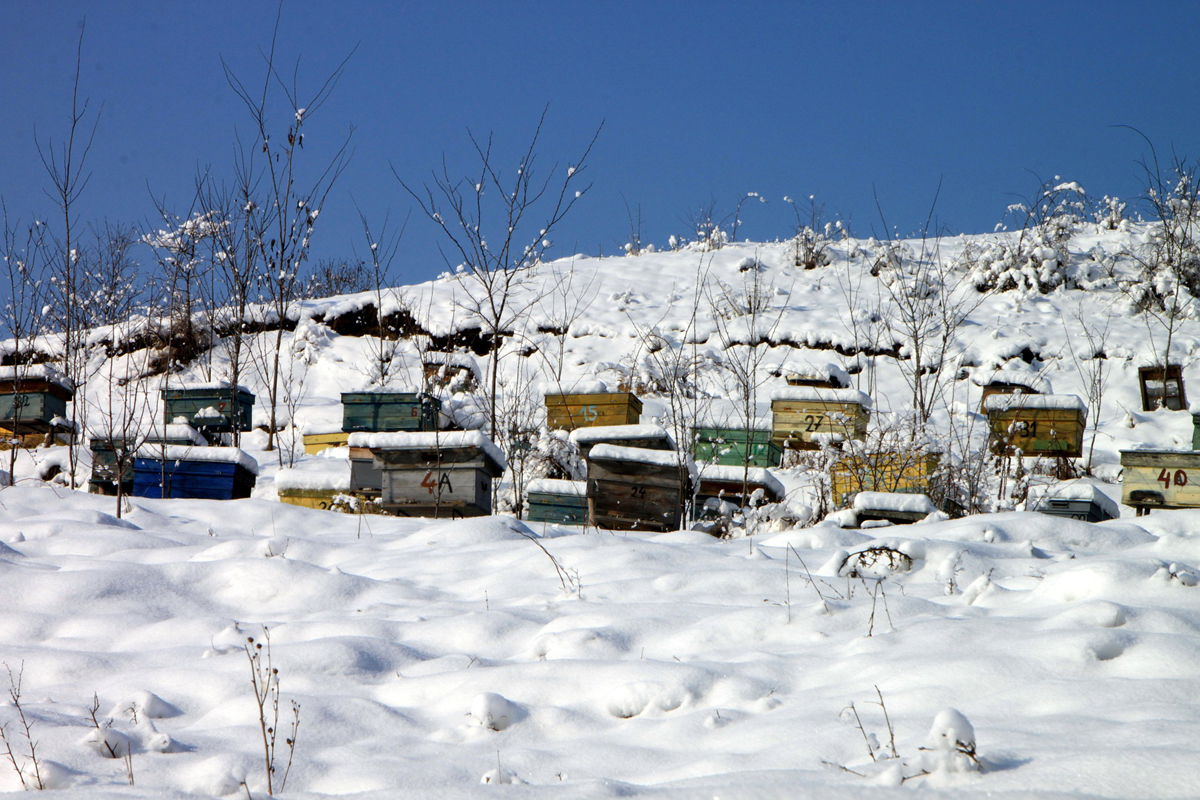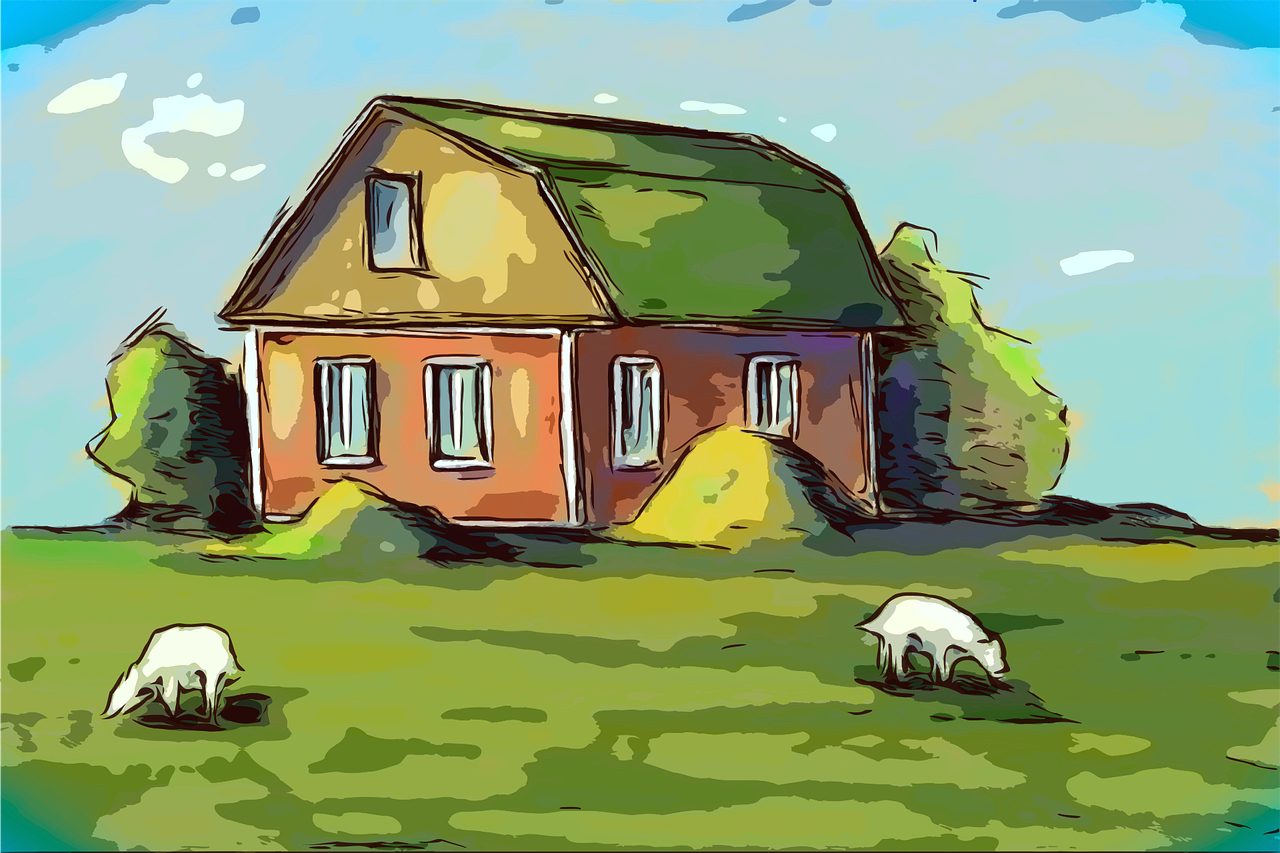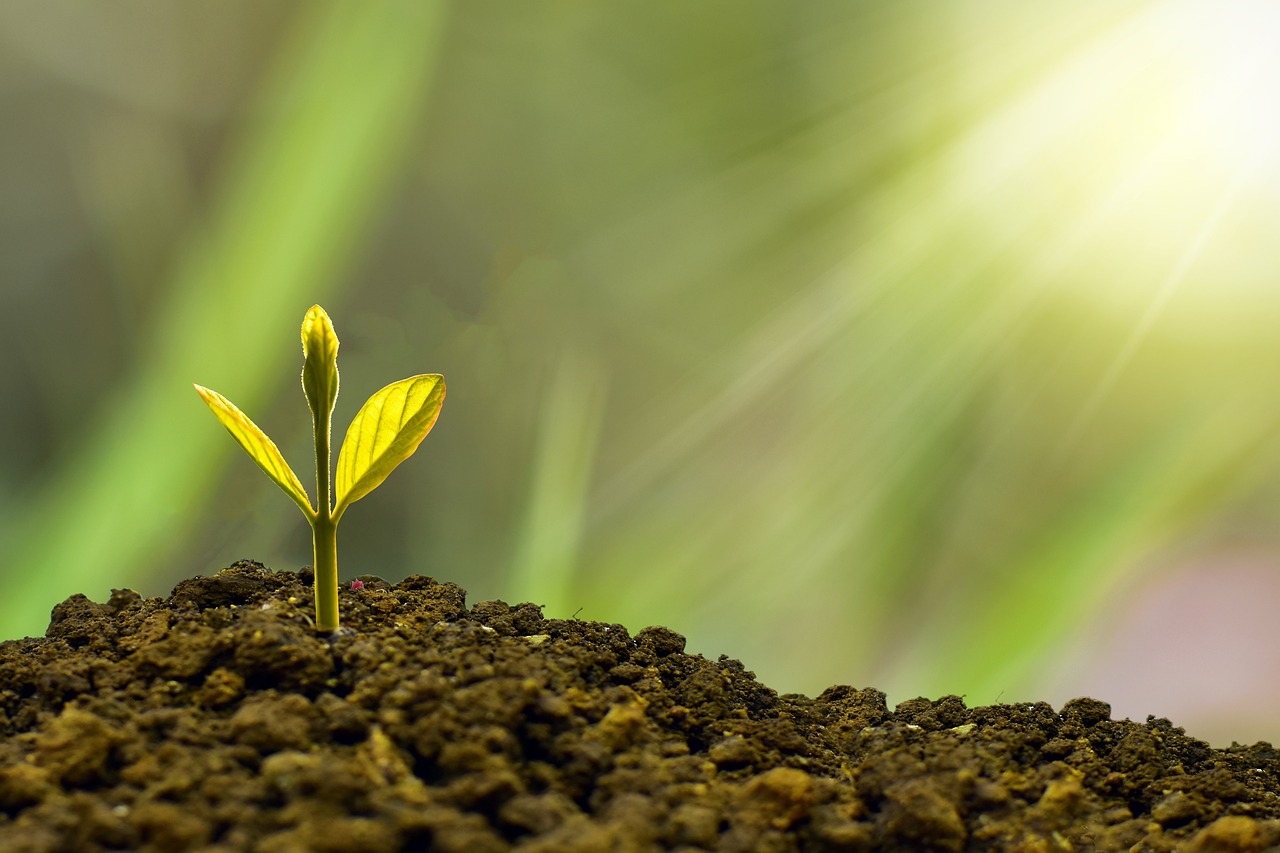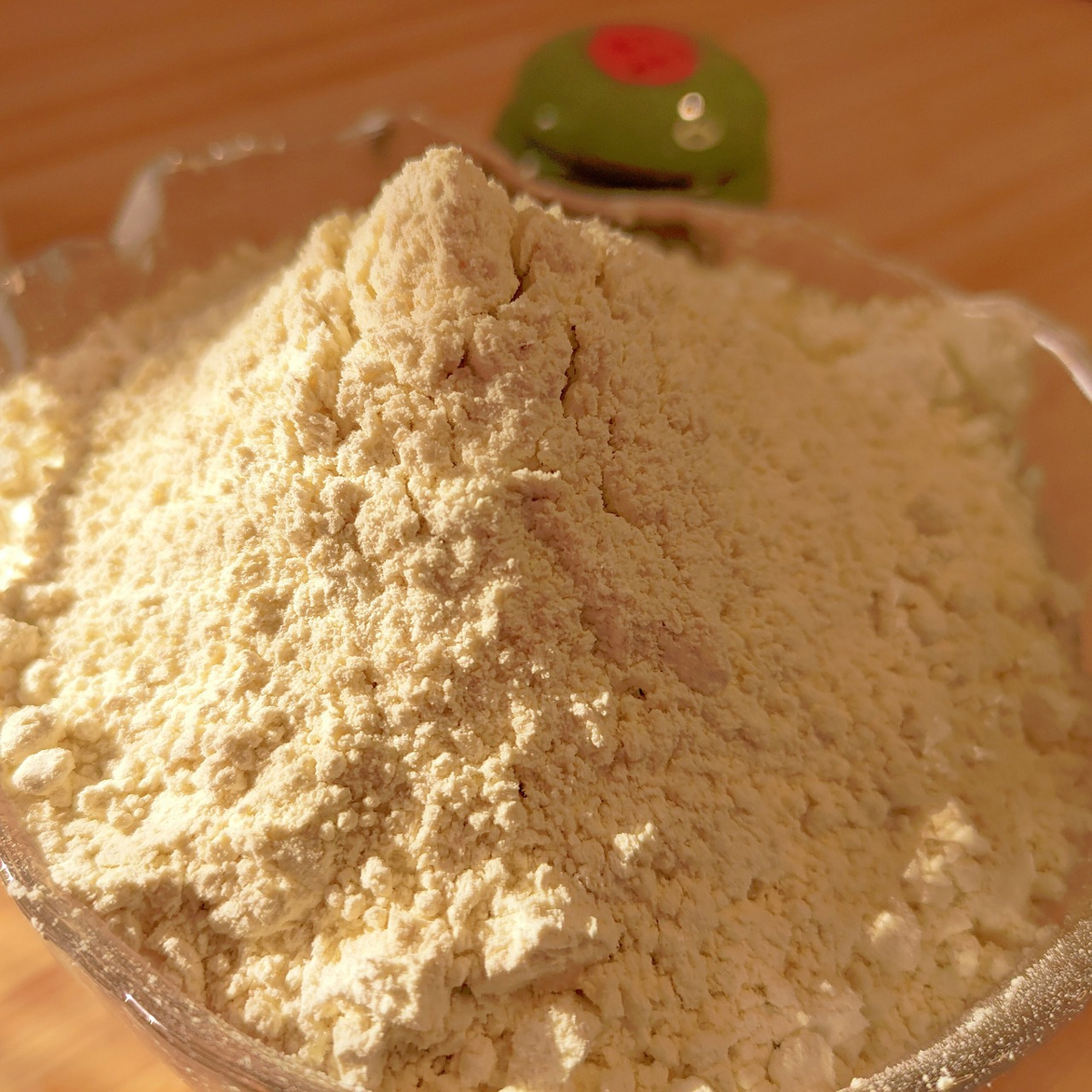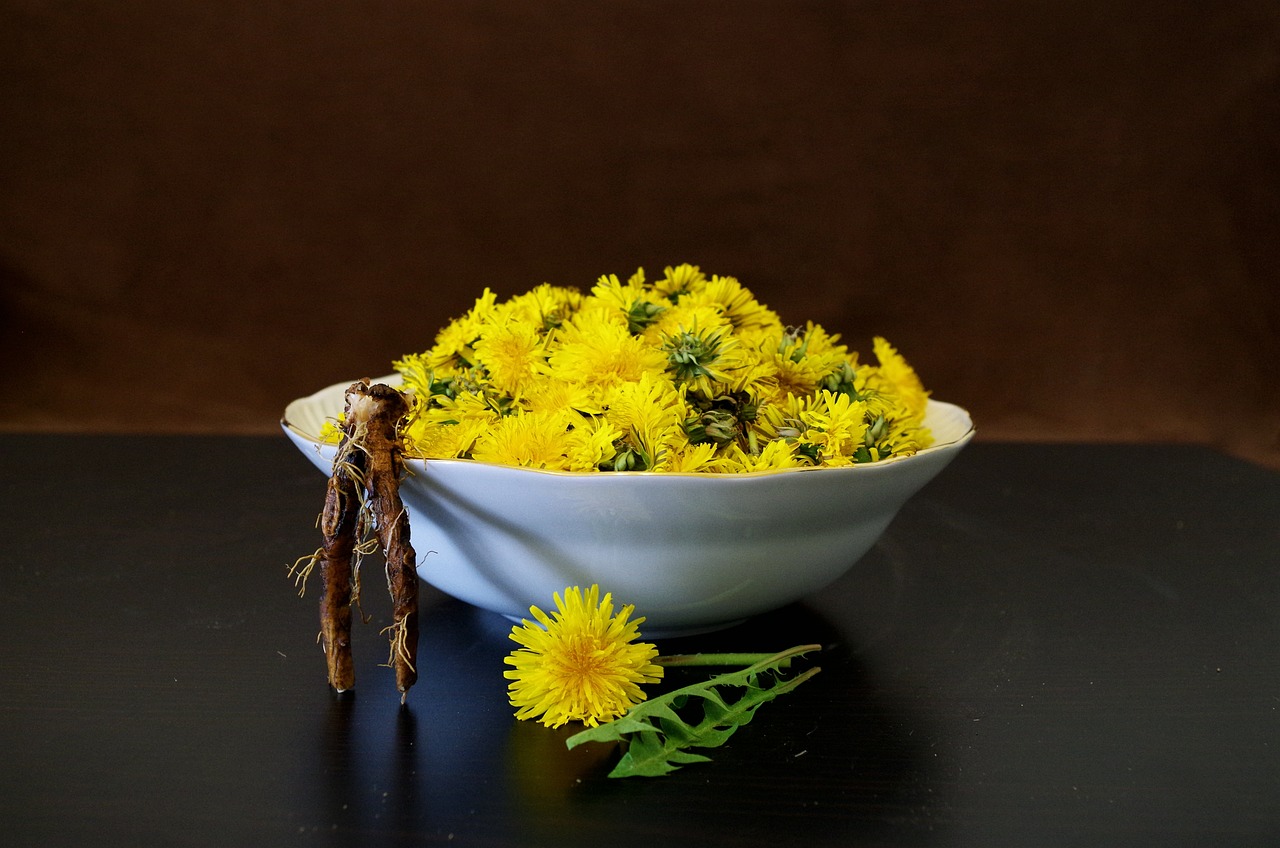How to Start a Blueberry Farm
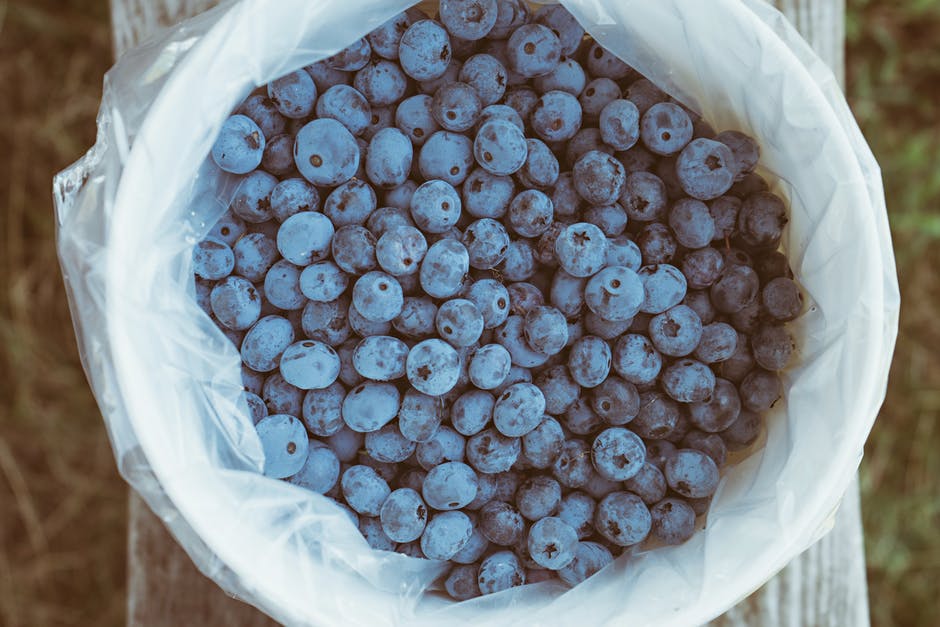
The Space, Soil and Water Requirements and Economics
In the United States, blueberries are considered the second most important cultivated berry after strawberries. To start a blueberry farm could be a good long-term investment. Once established blueberry plants can be productive for 25 years. To start a blueberry farm you must take a long-term view. Blueberries take about 7 years to reach full maturity and production. This means it takes a lot of investment, hard work and patience while it is being developed. However it can be rewarding in the long run. You can start getting some limited production the third year of growth. The amount of production will depend on the varieties selected. You will probably not see significant blueberry production until about the fourth year of growth.
In starting a blueberry farm my advice would be to first do research about growing blueberries, find the varieties that will do well in your area. Plant early, mid-season and late season ripening varieties to extend your time to harvest and sell blueberries. Give them plenty of space in between for air circulation by pruning them as needed. If you are planning to be a large commercial production, some varieties lend themselves better to machine harvest than others, chose varieties that ripening pretty much the same time for machine harvesting.
Space, Soil and Water Requirements
Well drained soil rich in organic material is a necessity for good blueberry production.
Before starting growing blueberries it is essential that you have your soil tested by the local extension service to learn what amendments may be required. The soil for example must have a pH between 4.6 and 5.1. Blueberry plants will not grow adequately unless the pH requirements of the soil are met. Blueberries require soils with good drainage and high organic matter. These two requirements can be met by adding organic matter to the soil and using raised beds to make sure there is good drainage. It is best to plant more than one cultivar to ensure good pollination and a continuous harvest of berries.
Also a source of water for irrigation is a requirement to grow blueberries commercially. You can expect to be able to grow enough blueberries on 10 acres on suitable land once the plants have reached maturity make a livelihood. It is wise to start with a small number of plants at first to go through a learning curve before starting with larger numbers of plants. You should start preparing you soil and killing weeds the year before planting.
Machinery Needed
Fixed machinery needed includes sprayers, rotary mowers, wagons, tractors, hedgers, trucks, spreaders, mulchers, harrows and rotary tiller
Plant Selection and Purchases
Usually two-year-old potted or bare-root plants are sold by nurseries are your best purchase. Older plants may give you a harvest sooner, but they are generally not cost-effective because of their added expense and can be harder to establish. Younger plants must be grown in pots under nursery conditions before they can survive planting in the field so again are not usually cost-effective. You want to grow varieties that will make good profit. Bluecrop, and blueray are two northern varieties that many use as their main plants. Bluegold is also a popular plant. In the south rabbiteyes such as Tifblue, Premier, Powder blue are popular money makers. Legacy, Misty, O’Neal and Ozarkblue are also popular with some growers. Select plants for your growing zone and plants with the flavor and keeping quality that suits you.
→ Blueberry Weed Management Between Rows and in Rows
Economics of Blueberry Farming
The high initial the start-up costs for blueberries is high, this is mainly due to land preparation, labor costs and plant purchasing cost. However, after the plants reach maturity in approximately five to seven years, the profits should steadily increase. If you have limited funds you can start small, supply your own labor and hold your cost down while developing your farm.
In very broad general terms for a mature ongoing blueberry operation about 50% to 65% of the sale price goes to pay expenses. For farms that sell as You-pick operation the expenses are lowest and can be only 35% of the sales. For sales to stores and other markets the cost are higher. The longevity of a properly managed blueberry field is 15 to 30 years.
Establishing a blueberry planting requires a large investment of time and money. Based on a number of assumptions, I estimate we spent establishment costs amounting to about $10,000 per acre getting our plants growing. Before full production is achieved in Year 7, in 2010 dollars you could spend well over $150,000 in cash to finance the establishment of a 10 acre blueberry operation.
Typically blueberry plants reach full production in their 7th year after planting. The first year there is no production, the second you can expect about 1500 pounds per acre and then it grows exponentially till they reach full production of around 6000 pounds per acre. The size of the harvest depends on many factors such as the blueberry variety, climate, condition of the soil, water availability etc. Clearly you can see that the first three years are the toughest. You have made a huge investment and won’t see any significant return on it till the fourth year after planting.
Marketing
It is important to determine the market before starting a blueberry farm.
If you are within about 40 miles of a large population area u-pick is an option to consider.
Marketing at farmers markets and sales directly to stores is another alternative.
You can sell your blueberries as part of a community supported agriculture system (CSA). This can give you a regular and steady market. It also provides an opportunity to build a relationship with your customers.
Harvesting
The three primary methods of harvesting are: 1) u-pick, 2) Farm hand picking and 3) machine picking. A u-pick or farm hand picking is most practical when first starting out with only a small number of blueberry plants. It generally requires at least 10 acres of blueberries before machine picking is cost effective.
The Author:
Harold Stewart is a PhD in biophysics with many years of teaching, hands on, and research experience. His farm and nursery specializes in growing blueberry plants without the use of pesticides or herbicides.
Photo. Scott Webb

